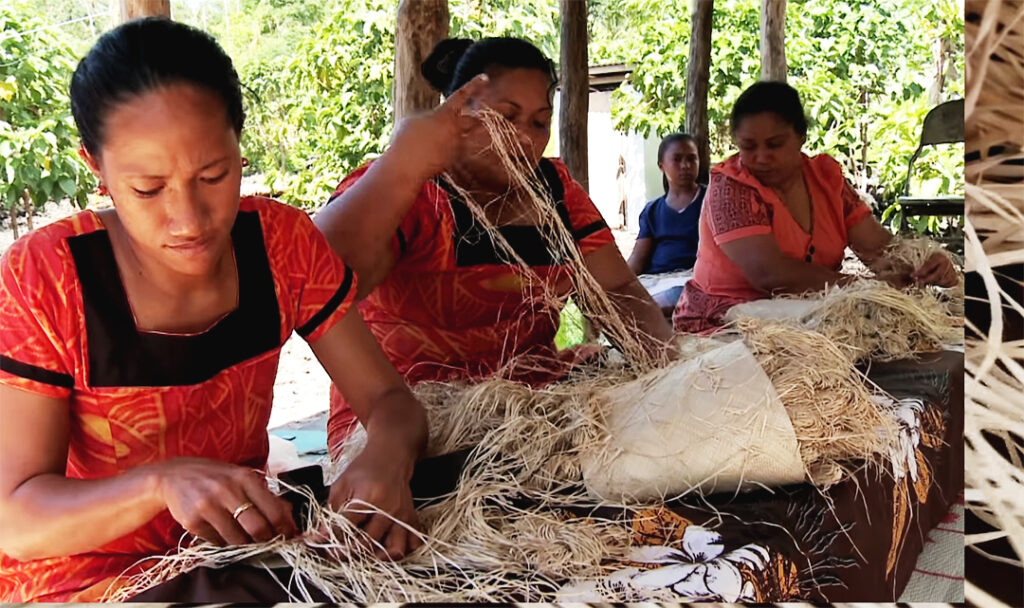The fine mat is a symbol of cultural identity and tradition across the Pacific Islands. Known by different names in different cultures, it holds immense value and significance as a cultural artifact. In this article, we will explore the history, cultural significance, and artistic beauty of the fine mat.
The fine mat is a finely woven mat made from the pandanus leaves. It is typically produced by women, who use traditional weaving techniques passed down through generations. The mats are often decorated with intricate patterns and designs that vary between different cultures, but they all share a common thread of cultural pride and identity.

In many Pacific Island cultures, the fine mat is used in important ceremonies, such as weddings, funerals, and the bestowal of titles. It is also given as a gift to show appreciation and strengthen social ties. The fine mat is a symbol of wealth, status, and power, and is often passed down through families as heirlooms.
In Samoa, the fine mat is known as the “ie tōga” and is considered valuable and sacred. In the ‘fa’aSamoa,’, the “ie tōga” is a symbol of respect, love and unity. The quantity of fine mats of high quality that are offered during a funeral signifies the status of the deceased within both the family and the village. When a person receives a chief title, he or she chooses to wear a fine mat. If the daughter of a chief performs a “taoaluga” dance, it is customary for her to wear a high-quality fine mat as her attire.
The value of the fine mat is typically determined by the quality of the weaving, particularly the fineness of the woven fibers and its size. The finer the woven fiber, the more intricate the design and the higher the value of the mat. The weaving process of a fine mat is a labor-intensive and time-consuming craft, which takes months of weaving.
In Tonga, the fine mat is known as the “ngatu” and is also highly valued. It is typically used as gifts during significant life events such as births, weddings and funerals. In the event of death, mats are utilized to wrap the deceased as a sign of reverence. Fine mats are also worn as “ta’ovala” in special occasions by both men and women as a symbol of respect.
The fine mat is not only culturally significant, but also a work of art. The intricate weaving patterns and designs are a testament to the skill and creativity of Pacific Island weavers. The weaving techniques used to create fine mats have been passed down through generations, and the art of fine mat weaving continues to thrive in many Pacific Island communities today.

The fine mat remains an important symbol of cultural identity and tradition in the Pacific Islands. It is a testament to the creativity and skill of Pacific Island weavers, and a reminder of the importance of preserving traditional arts and crafts. It holds immense cultural and artistic value across the Pacific Islands.





